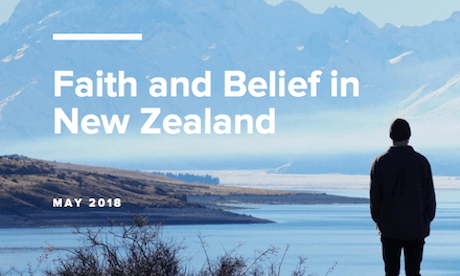Victoria University religious studies professor Paul Morris says the study Faith and Belief in New Zealand didn’t get an accurate representation of different ethnicities, particularly Māori and Pacific populations.
“It’s a very strange sample because it inconsiderably includes less than our population percentages of Māori and Pacifika, and that may have actually impacted on the result – in that those two groups, particularly the Pacific group, tend to record much higher levels of religious beliefs and activities,” he said.
According to the study, which surveyed more than 1000 New Zealanders, about 33 percent identify with Christianity, 35 percent were non-religious, 20 percent spiritual but not religious, and 67 percent were non-Christians.
Morris said more people were finding fulfilment in other spiritual practices without the need to be part of a religion.
“The work we’ve done with our students at Victoria show that large numbers of students who record no religion – in terms of a census category and were reflected in this survey – meditate, pray and [have] very strong ecological concerns, which they see as spiritual but not religious.
“My students are very open to Māori spirituality, te hunga wairua and at playing a role in individual and New Zealand’s public life.”
He said various forms of media have also helped shape New Zealand’s views on different religions.
“People also have – through media, social media and mainstream media – much more awareness of the positive and negative things of religions, but just a variety of religious and spiritual positions.
“So, in that sense, they’re conscious of a set of choices and a cultural openness where none of these things are coercive.
“They’re choices. You can select to be religious or not religious.”
Source
Additional readingNews category: New Zealand.




